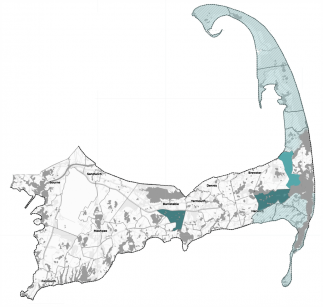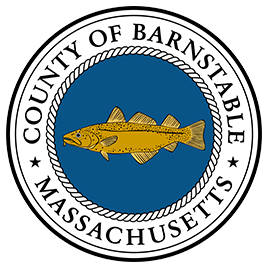Census Operations Ending
Self-response and field data collection operations for the 2020 Census will conclude on October 16th at 6AM EST.
Do I have to respond for my seasonal home? If you live at multiple places throughout the year, count yourself at the address where you live and sleep most of the time. If you split your time evenly between two or more places, count yourself where you were staying on April 1, 2020. However, a census response is required from each and every property.
For any property you use part of the time, enter the Census ID or address for this location at www.my2020census.gov. Enter "0" for the number of people living there. Hit 'next'; when a "soft error" occurs, click 'next' again. Select "No" when asked to confirm no person lives at this property, and select primary reason - "seasonal (most likely)".
More information is available on the Seasonal Home flyer from the Census.
How can I track my community's response? Please visit the Census self-response rate map.
Complete Count Committee Overview
The Cape Cod Complete Count Committee was a partnership of local, regional, state, and federal officials working to ensure the best, most accurate count for the federal 2020 Census.
The Cape Cod Commission, the Town of Barnstable, and Barnstable County partnered to coordinate a Complete Count Committee for Cape Cod - working to ensure that all residents are correctly counted.
How are Census data used?
Census data is used in many ways, including determining the distribution of more then $674 billion annually in federal funds back to tribal, state, and local governments; redistricting of state legislative districts; forecasting future transportation needs for all segments of the population; and determining areas eligible for housing assistance and rehabilitation loans.
Some federal programs affected by Census Population counts include Special Education Grants to States; Title 1 Grants to Local Education Agencies, Head Start/Early Head Start, Special Supplemental Nutrition Program for Women, Infants, and Children (WIC), Child Care Development Fund, and the Community Development Block Grant program.
The Complete Count Committee Guide lists 50 ways that Census data is used throughout the country, and this brochure from the Secretary of State's office outlines Why it Matters to You and Massachusetts.
What is a Complete Count Committee?
The Complete Count Committee program is key to creating awareness in our communities. These Committees:
- utilize local knowledge, influence, and resources to educate communities and promote the census through locally-based, targeted outreach efforts
- provide a vehicle for coordinating cooperative efforts between tribal, state, and local governments; communities; and the Census Bureau
- help the Census Bureau get a complete count in 2020 through partnerships with local governments and community organizations
What are Hard to Count populations?

The darker Census tracts were in the bottom 20% nationally for mail response rates in 2010.
These populations are hard to interview (highly mobile, people experiencing homelessness, physical access barriers such as gated communities); hard to persuade (participation hindered by language barriers, low literacy, lack of internet access); hard to contact (suspicious of the government, low levels of civic engagement); or hard to locate (housing units not in our frame or people wanting to remain hidden).
Cape Cod's hard to count populations include seniors/snowbirds, immigrant communities, homeless and low income individuals, people living in group housing, renters and young adults, and people with disabilities.
A Census tract is generally considered hard to count if its self-response rate from the 2010 Census mailing was 73% or less.
Additional Resources
Complete Count Committee Overview | Complete Count Committee Guide | Subcommittee Resources
Census Awareness Posters for Download
Videos of Trainings for Cape Cod Complete Count Committee: September 11 | November 13
Census Response Outreach Area Mapper (ROAM) | Massachusetts 2020 Census Planner (Low Response Scoring)
Public Service Announcement Toolkit
Stories Behind the Numbers: Counting People in Rural and Remote Places
